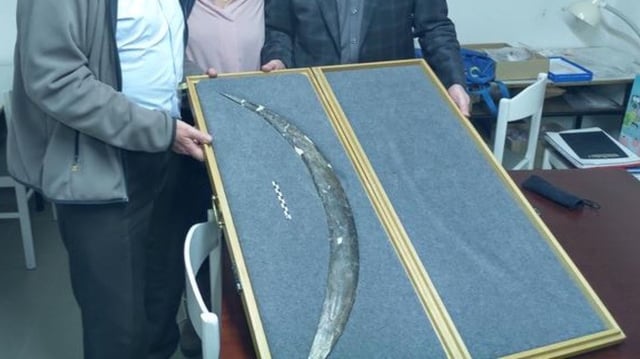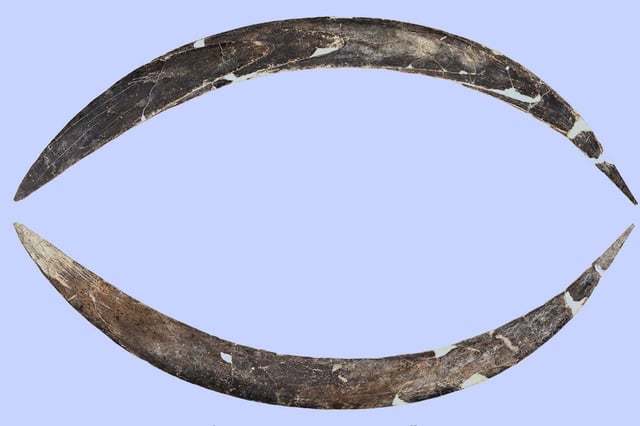Overview
- Researchers from Jagiellonian University and the University of Bologna used radiocarbon dating and Bayesian analysis to pinpoint the boomerang’s age within the Early Aurignacian period
- Carved from a mammoth tusk rather than wood, the artifact demonstrates sophisticated material use by early Homo sapiens
- No ivory fragments were recovered at Obłazowa Cave, indicating the boomerang was manufactured elsewhere and carried in as a valued item
- The boomerang was unearthed alongside a human finger bone and Aurignacian lithic tools, supporting interpretations of ceremonial or shamanistic practices
- The European specimen predates the oldest known Australian boomerangs by more than 30,000 years, overturning the long-held view that Aboriginal Australians invented the technology


